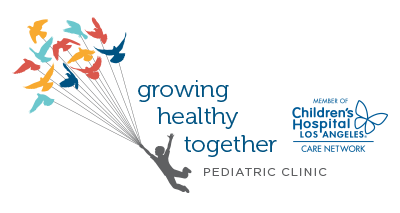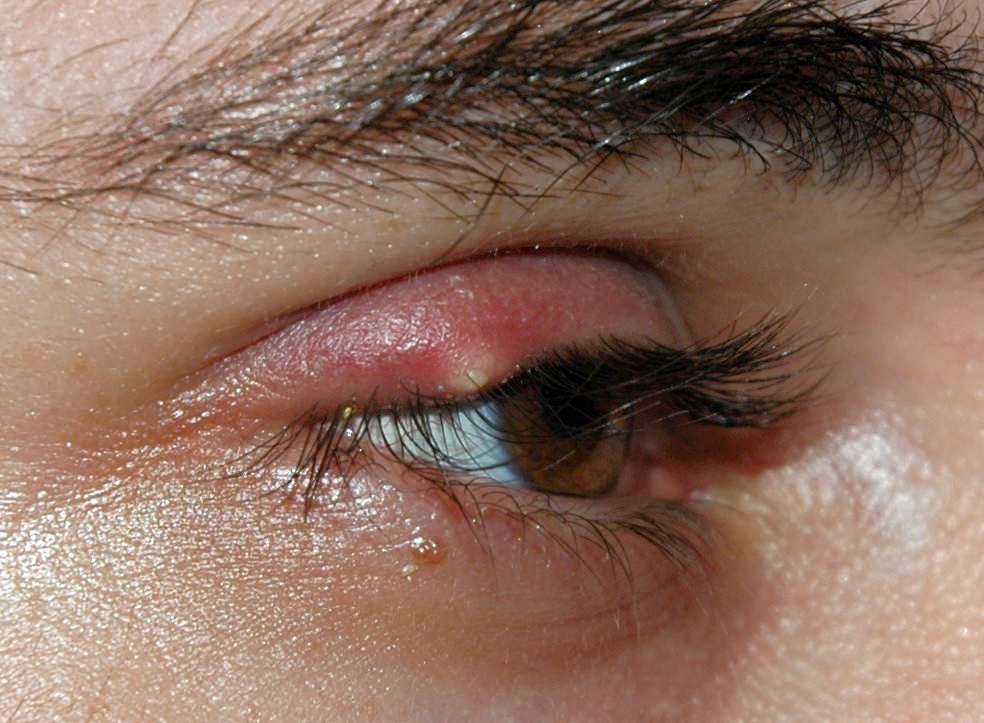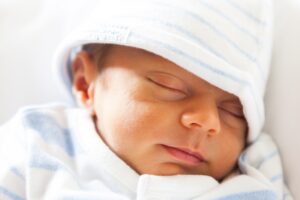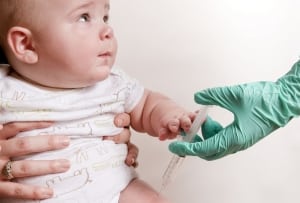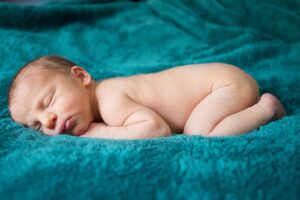Styes (hordeolum) are painful, red bumps that form on our eyelids. They can appear like acne and typically form due to infected glands. They are not contagious and only last 2-3 days. However, they can be irritating and they can reoccur.
Note: Please do not attempt to squeeze or pop a stye. And, always avoid rubbing your eyes or eyelids.
Signs & Symptoms of Styes
- Red bump on the eyelid
- Tenderness at the site
- Eye swelling
- Eyelid redness
- Tearing or crusty eyes
- Sore, scratchy eyes
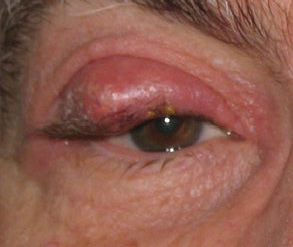 Styes vs. Chalazion
Styes vs. Chalazion
A chalazion is similar to a stye, however, typically occurs farther back on the eyelid. It often appears like a pea-sized lump around the eye. Unlike styes, a chalazion should not be painful. However, treatment is similar.
Treatment of Styes
Medications, including antibiotics, are not helpful when it comes to styes. The best way to treat a stye at home is to place a warm cloth a few times a day. Soak the washcloth in warm water, wring out some of the liquid, then place it on the eye for 10-15 minutes at a time. You can rewarm the washcloth every few minutes as it cools.
Meanwhile, do not apply any makeup or contact lenses if you have a stye. Keep the eyelid clean by washing with soap and water, or by using eyelid wipes available in most drug stores.
When to Call Your Provider
- Pain/swelling worsens after the first 2-3 days
- Your eye is swollen shut
- Eyelid is hot to the touch
- Blisters have formed on the eyelid
- Pus/blood is leaking from the stye
- Vision is altered
Persisting Styes
Occasionally, styes may persist for longer than a few days. If your stye has not improved after treating at home for 48 hours, please call your healthcare provider. For bad antibacterial infections, an antibiotic ointment may be prescribed, or a steroid injection may be used to reduce swelling. You can be referred to an eye doctor who will drain the stye surgically.
Prevention
For kids and adults who are prone to styes, its important that you maintain good hygiene. Wash your hands before touching your face or removing your contact lenses. Always wash your face before going to bed. Throw away all old or expired makeup and never share makeup or makeup tools.
As always, please respond to this blog or contact us with your questions or comments.
